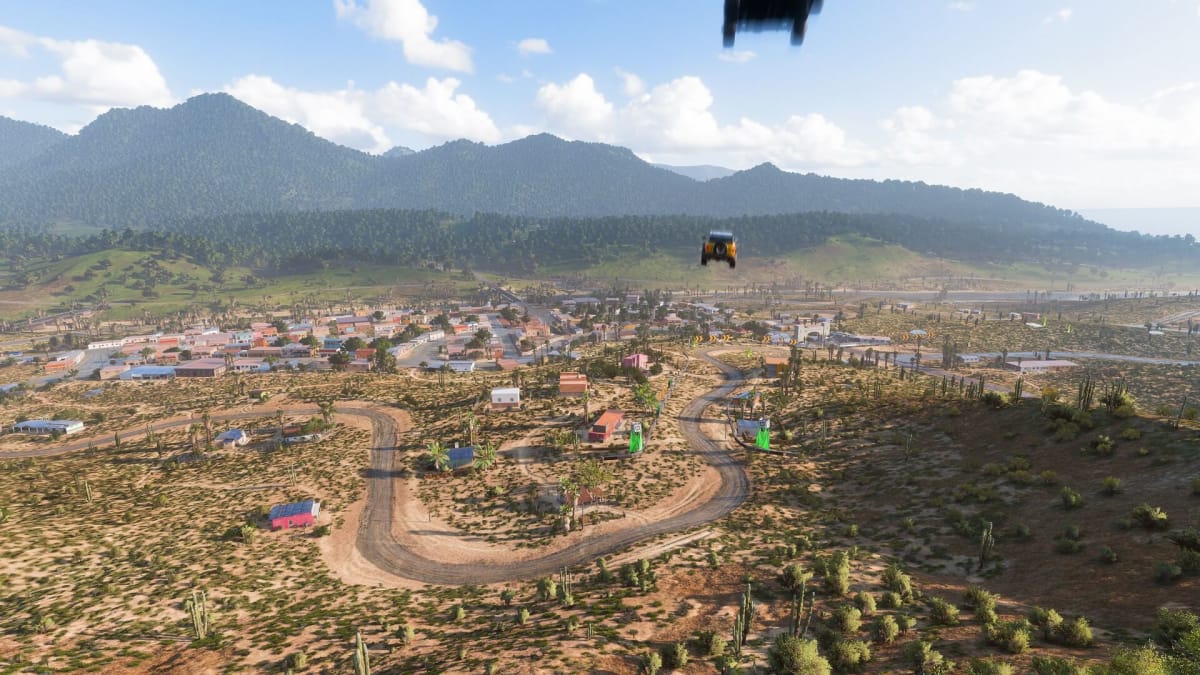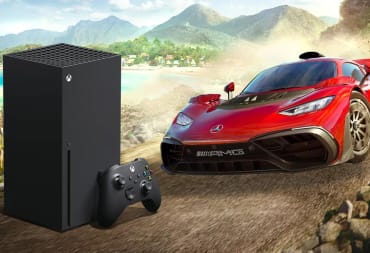As the latest first-party title from Microsoft, Forza Horizon 5 is a triumph in many ways. It nails the gameplay and tone that draws fans to Playground Games' open-world interpretation of the franchise. It's the game's technical accomplishments that are more noteworthy, though, particularly on the Xbox Series X/S. It complicates the nuanced debate surrounding frame-rate targets when considering its superb 30 frames per second quality mode.
Forza Horizon 5 is Black Magic

Frame rate is integral to enjoying video games. Objectively speaking, a higher frame rate means more responsive gameplay, which leads to a more pleasing overall experience. With that said, you can't always have it all because everything comes with trade offs. With console games offering multiple performance targets on a more regular basis, even console gamers now get to decide what matters most to them.
I've always erred on the neutral side, deciding whether a higher refresh or visual fidelity was preferable depending on the kind of experience. In the past, I would have always chosen the performance mode in a racing game, a sentiment I'm sure many readers would agree with. I loaded up Forza Horizon 5 fully expecting to try out quality mode in its opening, then switching to performance mode for the remainder of my playthrough. In the end, Forza Horizon 5's quality mode flipped my preconceived notions on their head.
Understanding Frame Rate
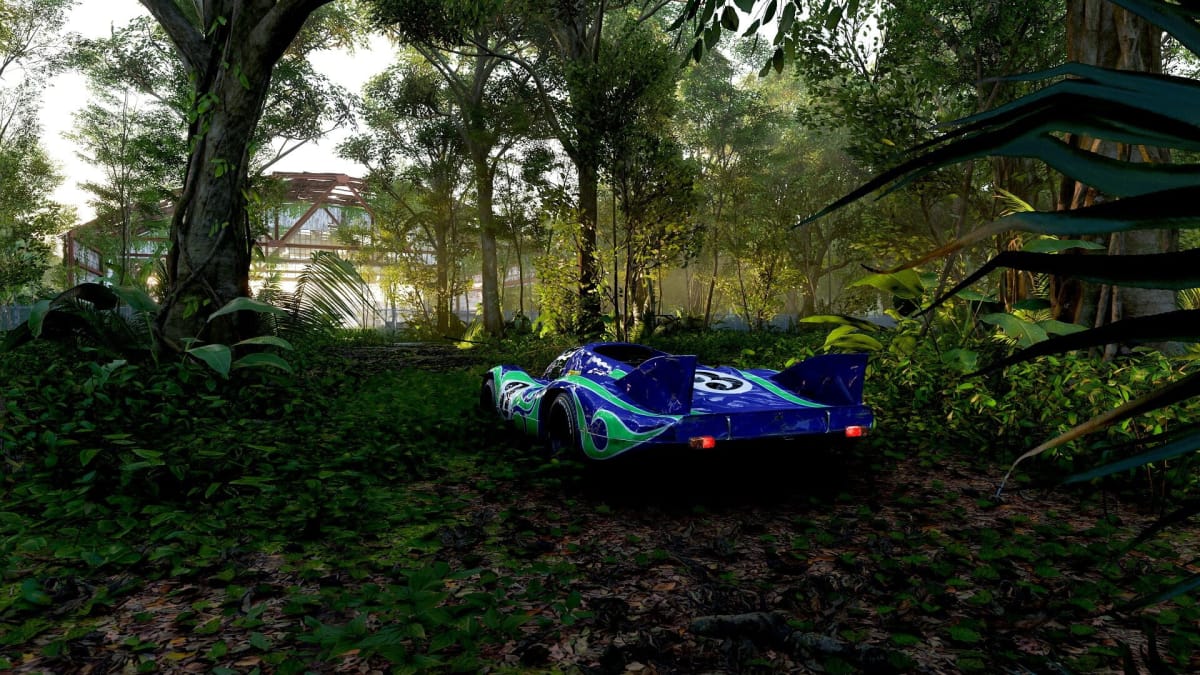
How good a game feels end-to-end is a result of two major elements: responsiveness and smoothness of motion. Broadly speaking, a game's responsiveness relies on its input latency, whereas motion is more complicated. Different facets of a title's renderer can update at different rates. You might have 60 FPS character animations, but the camera may only update at half the rate or lower, for example. This can lead to the impression of an unresponsive experience even if the controller's inputs are being registered near instantaneously.
When targeting 30 FPS, a title has to render out each frame within a 33.3 millisecond window to hit the frame time budget. For 60 FPS games, each frame must be delivered every 16.6 milliseconds. By the very nature of targeting higher frame rates, input latency decreases, but that latency differs dramatically from game to game.
While not the perfect example, Destiny 2 demonstrates why frame-rate targets aren't as black and white as they seem. The Google Stadia version at 60 frames per second has more input latency than the last-gen Xbox One X version at 30 FPS. The nature of cloud streaming incurs additional latency that wouldn't otherwise exist, but this imperfect example still highlights that you can't judge responsiveness on the frame-rate target alone. Would you rather have more input lag with smoother animations and camera movement or a game that registers your inputs more immediately?
Console games targeting 30 FPS often nail only one of the two integral aspects to how a game feels when the controller is in your hands. The smoothness of motion is typically masked through camera and per object motion blur, both of which can hide the judder inherent to a lower frame rate. Per object motion blur, in particular, can also have a dramatic effect on the perception of animation quality even at high frame rates. On the other hand, some games are responsive enough at 30 FPS that even when you can tell the difference, the average person wouldn't complain. In those cases, the gameplay experience can be bogged down by camera judder or frame rate inconsistency.
Forza Horizon 5 Metrics
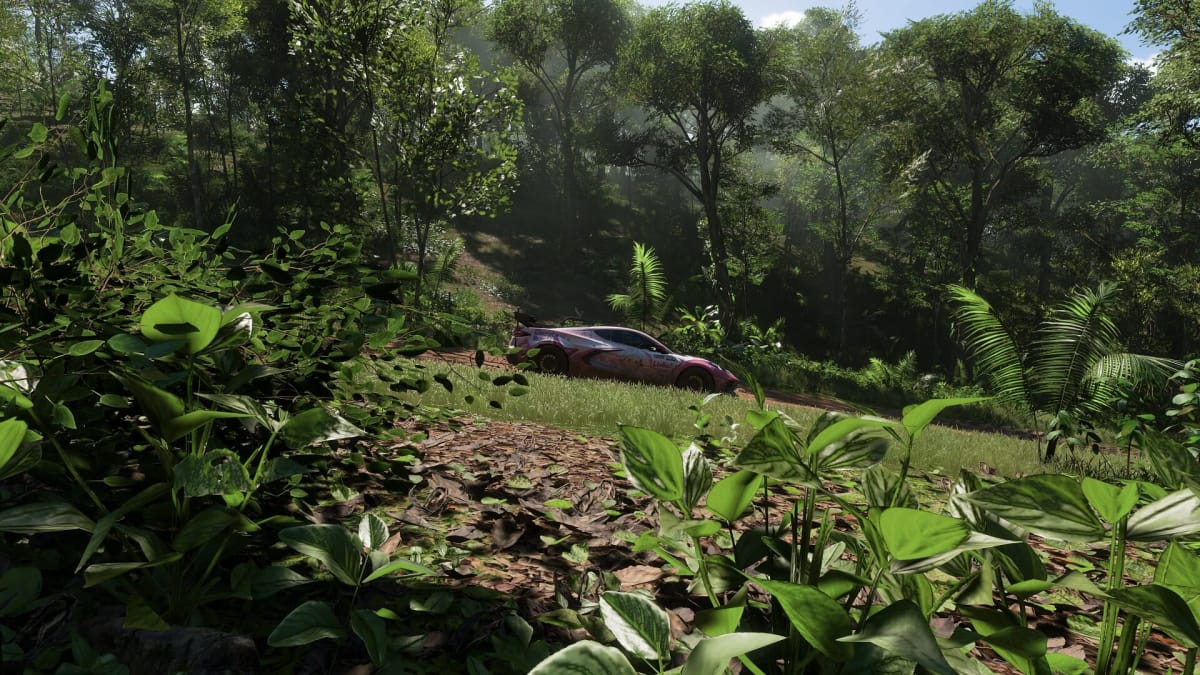
Every game with performance options on consoles features varying levels of compromises. Maybe you were okay with playing Control Ultimate Edition at 60 FPS, but you can't deny how transformative ray tracing is to that game's art. Even if it's a compromise you were willing to make, you can recognize it exists. I played Control in its ray-tracing mode because I felt that game's narrative and environmental storytelling focus benefitted more from the visual fidelity. After all, art design is a major component of that experience. This is especially true of Control as it was artistically designed with materials in mind that meshed with ray tracing. Even as a person that played this way, though, I can still recognize the major difference in response time and camera motion between the two modes. I was willing to make the sacrifice, but that doesn't mean I didn't notice how much more sluggish it felt by comparison.
Forza Horizon 5, on the other hand, sets a new standard with its quality mode. Running on a fork of the ForzaTech Engine, Playground Games has always prioritized input latency for the best possible console experience. Given the open-world nature of their titles, they couldn't expect to manage 60 FPS as easily as Turn 10's Motorsport series with its closed circuits. The fruits of that labor haven't come into focus until now with Forza Horizon 5 on Xbox Series X. Forza Horizon 4 had quality and performance toggles on Xbox One X. However, Horizon 5 on Series X makes both modes feel like premium experiences.
To get a sense of what's going on underneath the hood, let's pick apart the settings that differ between quality and performance modes:
- Shadow Quality
- Night Shadows
- Motion Blur
- Environment Geometry
- Reflection Quality
- Deformable Terrain
- Particle Effects
- Ray Tracing
- Ray tracing is only enabled in the Forza Vista model viewer in quality mode. It is disabled during gameplay even in quality mode.
Seeing as the Series X quality mode runs at a mix between high, ultra, and extreme settings, Playground Games makes intelligent cutbacks. Ultra and extreme quality presets are only dropped one notch, meaning nothing in performance mode renders below the high preset. Night shadows and ray tracing are the only exceptions as they're just on/off toggles. You're not likely to notice the difference between extreme and ultra presets for deformable terrain in the heat of a race, for example. Environment geometry is the single setting even players without an eye for detail may notice during normal gameplay.
Even image quality remains remarkably close. Quality mode is fixed at a native 4K resolution with performance mode dropping as low as 1600p, but it must be stressed that resolution scaling is used as a last result. Playground Games has typically opted for fixed, native resolutions, centering optimization around dynamically adjusting settings. To Playground, a pristine presentation has been part of the Forza Horizon signature; so much so that Forza Horizon 5 is the studio's first title in the series to implement dynamic resolution scaling. As such, it isn't anywhere near as variable and constant as many other modern games with DRS.
Forza Horizon 5 Feels Great
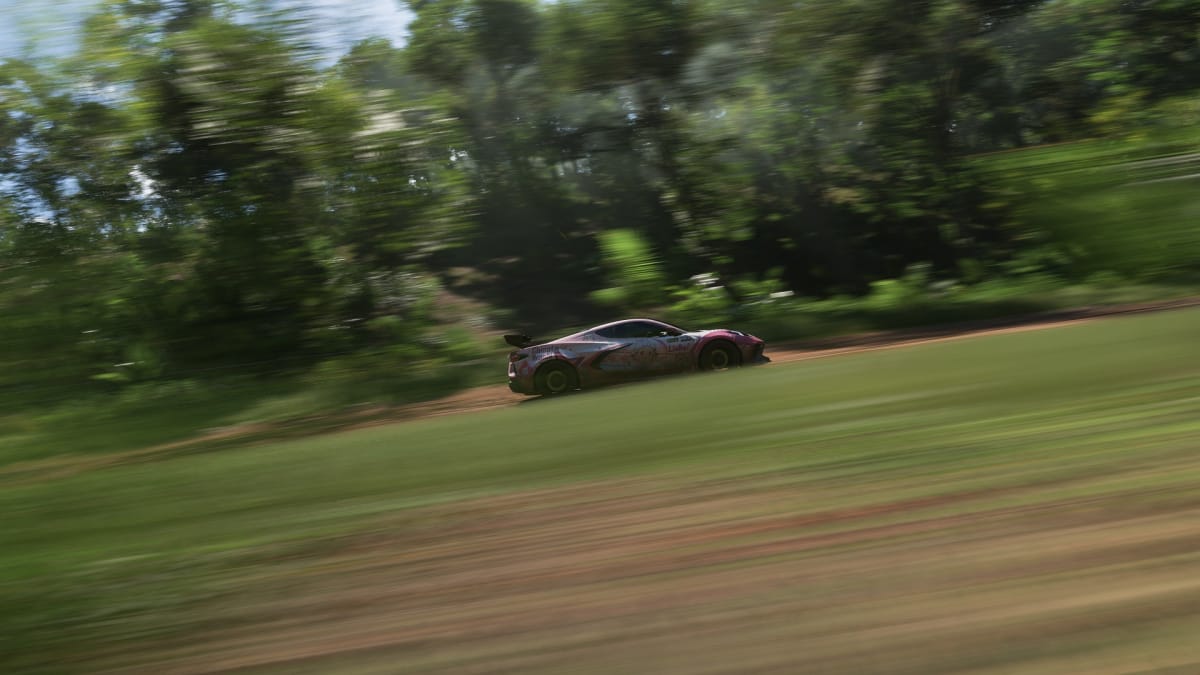
These are all sensible optimizations that make sense for the platform and performance target. On a subjective level, though, Forza Horizon 5 almost makes the performance mode redundant. We don't have concrete input latency metrics between the modes, but that doesn't matter. I can pick any console game with multiple performance modes, whether it's Control, Star Wars Jedi: Fallen Order, or Lost Judgment, and immediately feel the difference.
Forza Horizon 5 is the first game that bridges the gap to the point that I regularly check to make sure I'm still playing in quality mode. There's a noticeable but subtle difference to camera motion. End-to-end input latency, however, is remarkably close between the two. The disparity is there, but it's not as dramatic as every other game I've played. With the modes being so close, then, what is it that makes quality mode the definitive way to play?
This centers around the aforementioned environment geometry preset. The sheer density of detail is what pushes Forza Horizon 5 from attractive to truly next-gen -- a level of fidelity you only get in quality mode. Quality mode pushes the boat on level of detail to a staggering degree. It's not just draw distance that contributes to this awe-inspiring presentation. Forza Horizon 5's quality mode significantly increases the amount of foliage and miscellaneous details across its various ground surfaces. Switching between performance and quality, it's this environmental geometry that makes the biggest impression. Mexico still looks good from an overall rendering standpoint in performance mode, but it's not as lush as it should be, almost appearing barren by comparison.
This density of detail is more apparent than the disparity in latency or smoothness of animations and camera motion. Playground Games' motion blur implementation combined with its laser-focused attention to controller response makes for an impressive cross-generation experience. Unlike every other console title I've played, I don't feel like I'm making a sacrifice. It feels so good that it makes me wonder why they even spent development time on a performance mode at all. Forza Horizon 5 is the best 30 fps experience on current-gen consoles.
Have a tip, or want to point out something we missed? Leave a Comment or e-mail us at tips@techraptor.net
